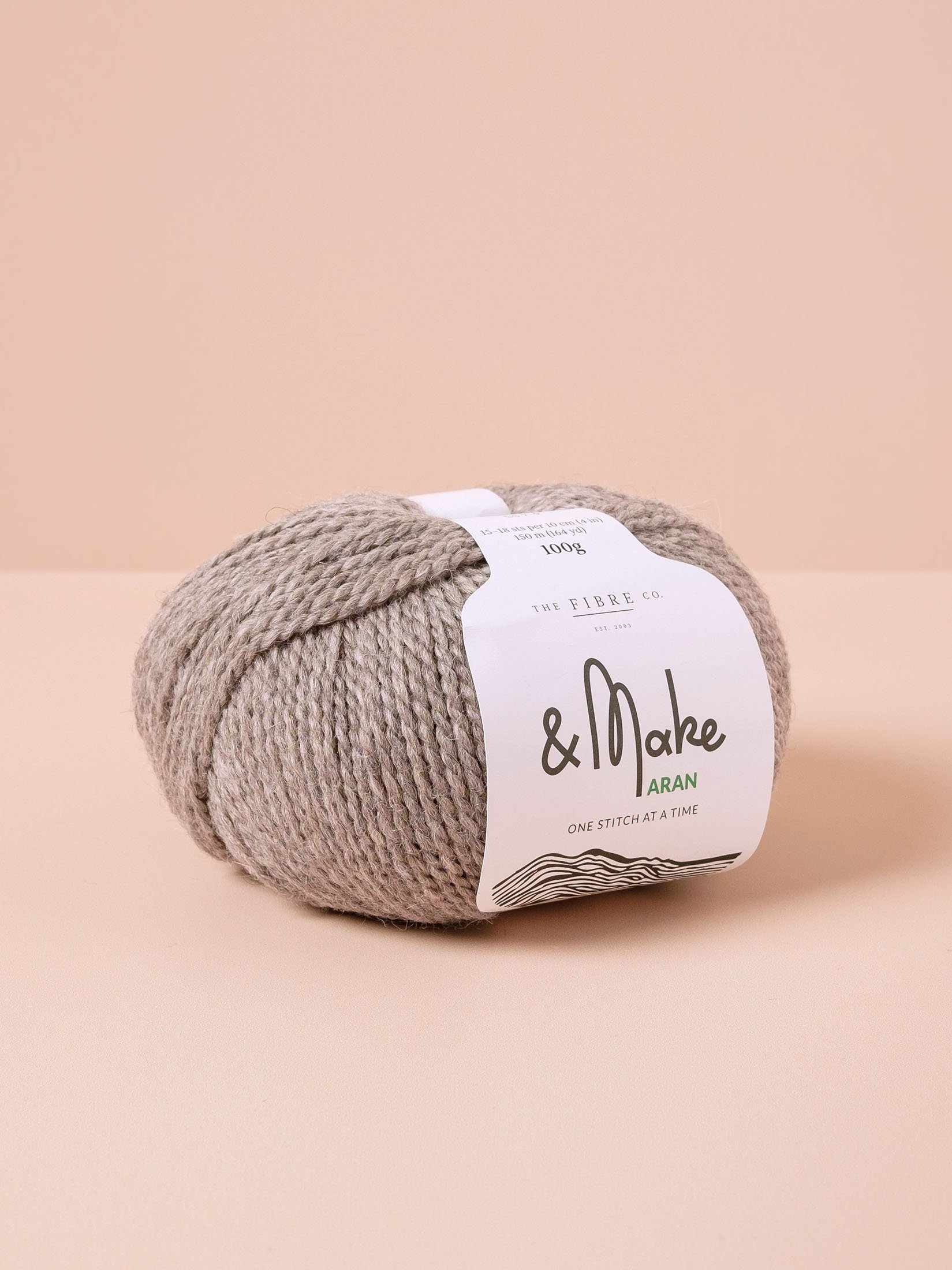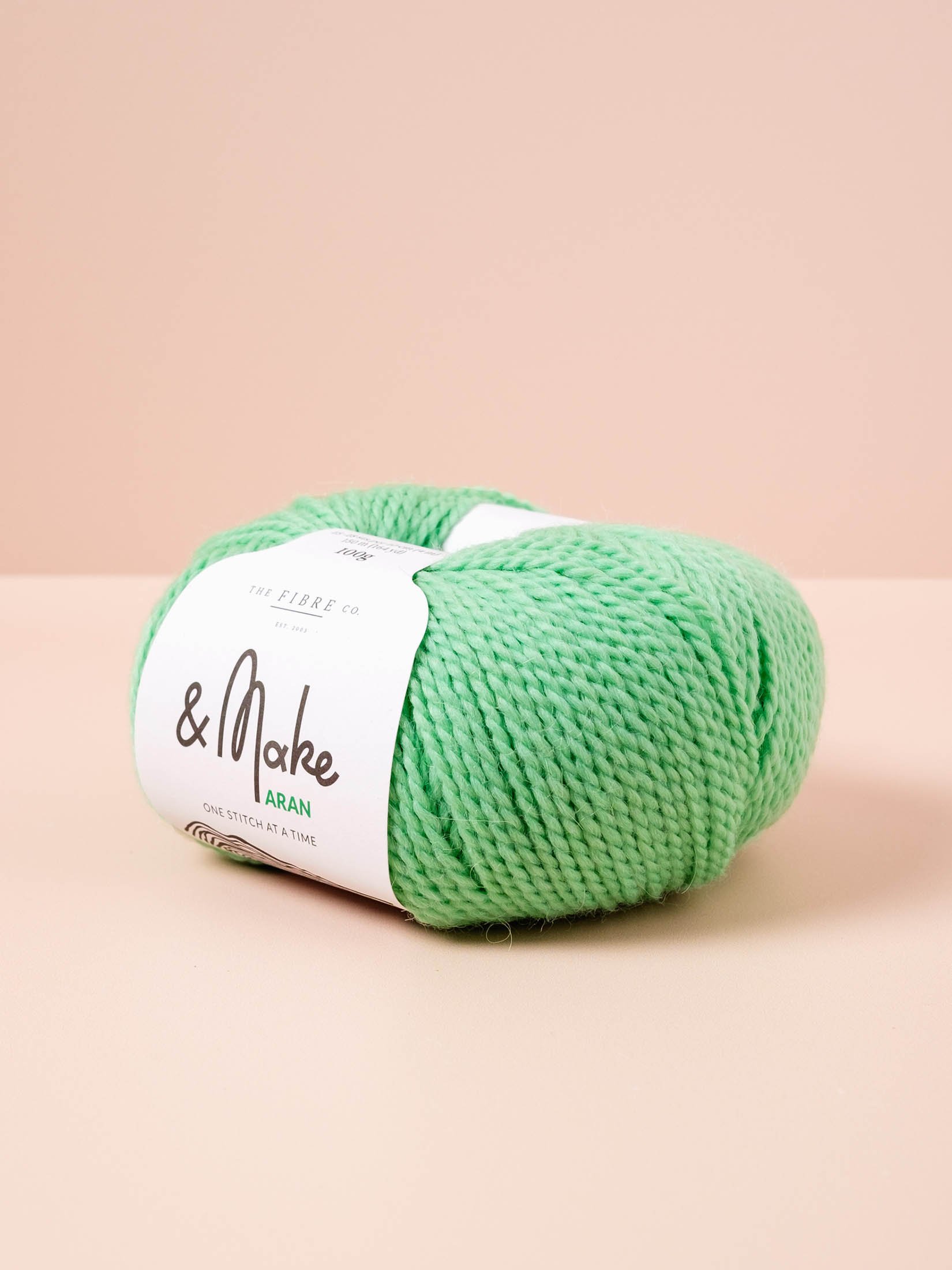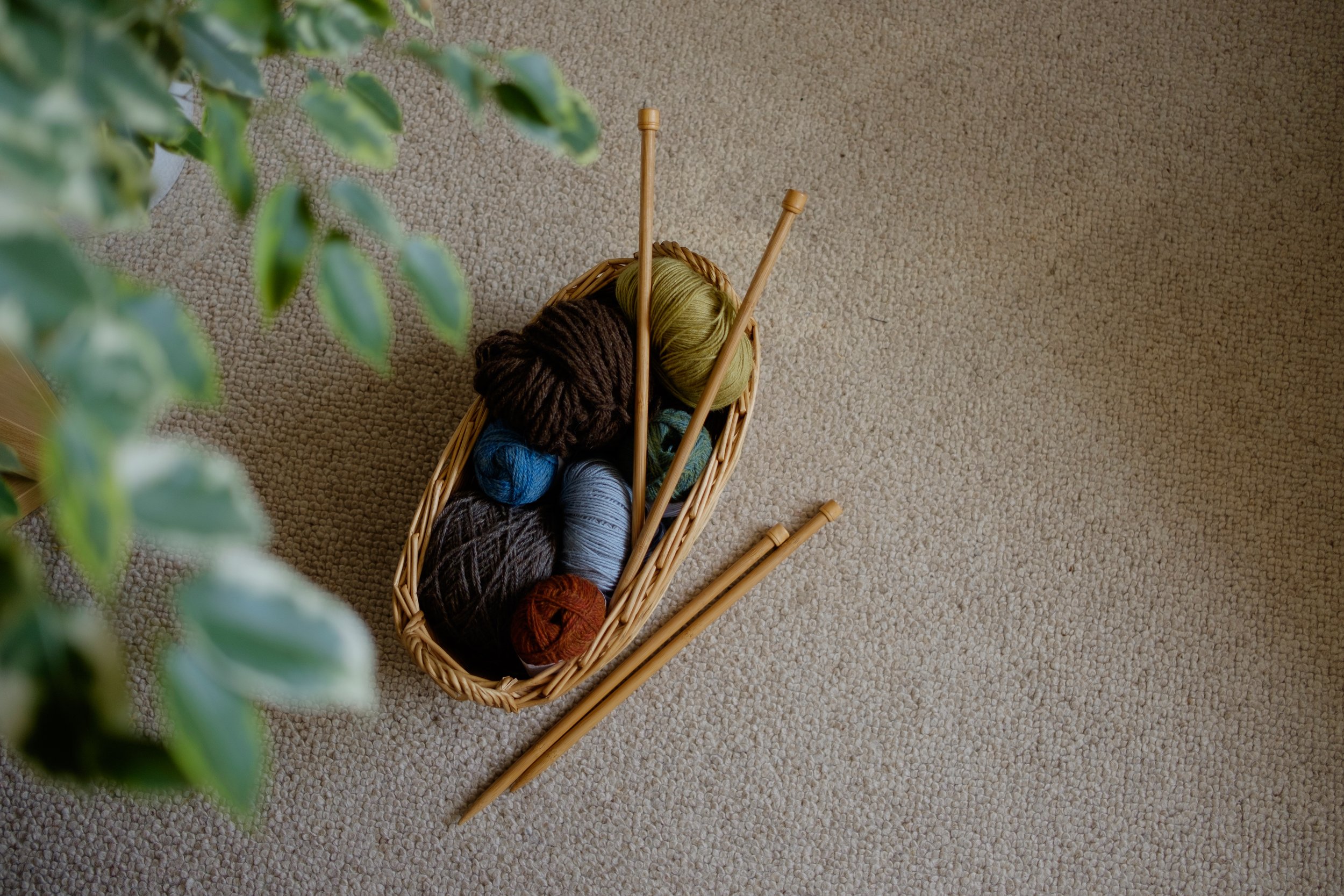A Beginner’s Guide to Choosing Knitting Needles
One of the great things about knitting is that you really only need needles and some yarn to get started! But there are so many different types of knitting needles that it can feel like an overwhelming choice. How will you know what size you need, what material or even what style of needle? Here are our top tips for choosing knitting needles as an absolute beginner.
Start with straight needles
Needles come in many forms, including straight, double pointed and circular. For a more in-depth look at the different needle types, see our post on all the different types of knitting needle. Right at the beginning though, you should go for a pair of straight needles (sometimes called knitting pins). Straight needles are used when knitting items that are flat, for example squares, scarves, blankets, mitts and anything else that can be joined with a seam. They are inexpensive, easy to manoeuvre, and they have a stopper on one end so there’s less chance of dropping stitches. You will probably want to experiment with knitting in the round before too long, but when you’re first learning, straight needles are a great option.
Go for wood or bamboo
Wooden or bamboo needles are nice and light, they feel warm and comfortable in the hands and they grip yarn better than metal needles. This means that you are less likely to drop stitches or have the needles slide out of your hands. Loose knitters tend to find they knit tighter on wooden needles, which can make the stitches look neater. The slight downside is that they can be easier to break (especially smaller sizes) or they can splinter. This normally only happens after a lot of use though, and splinters can usually be fixed with a nail file or sandpaper. Wood and bamboo needles tend to be relatively inexpensive, so they are easy to replace if necessary.
Picking a size
When we talk about needle size we are referring to the diameter of the needle, which is usually given in millimetres (it could also be given as just a number - check our handy Needle Size Conversion Chart for more information). The diameter you should choose depends on the yarn you are planning to use: usually a smaller needle size for finer yarn and a larger needle for thicker yarn. If you’ve already got yarn, check the ball band or packaging for a suggested needle size (or if you don’t have this information you can use our Guide to Yarn Weight to help you).
If you haven’t got yarn yet then we suggest an aran weight yarn such as The Fibre Co’s &Make Aran or BC Garn’s Hamelton Tweed 1, and 5mm needles. This yarn and needle combination will be thick enough to see your stitches clearly and knit up fairly quickly, but not so chunky that it becomes difficult to hold.
Straight needles also come in different lengths. Beginner projects tend not to be too wide, so shorter needles are best as they are much easier to handle and manoeuvre than long ones. Around 25-30cm is a good length to start with.
Our favourites
Our favourite ‘beginner’ needles are Knit Pro Basixs. They are affordable and sturdy needles made from beechwood, which are comfortable in the hands and will last beyond your first few projects. We also include them in our beginner kits.




















A full rundown of all the knitting needle types that are available, pros and cons of each, when you might want to use them, and how to get the most for your money